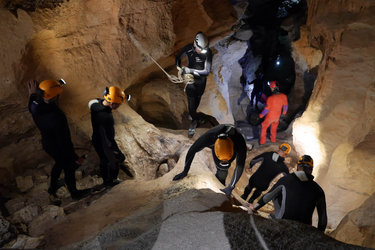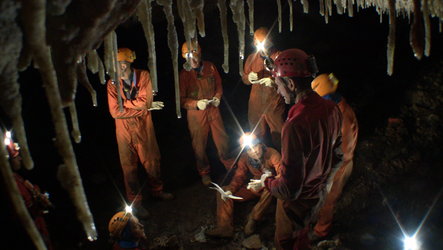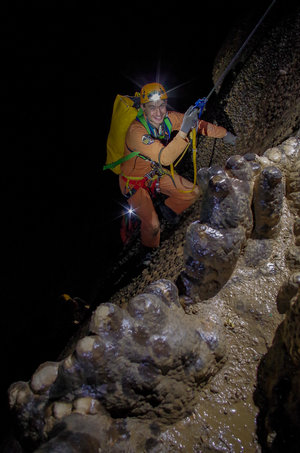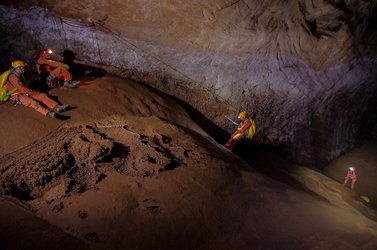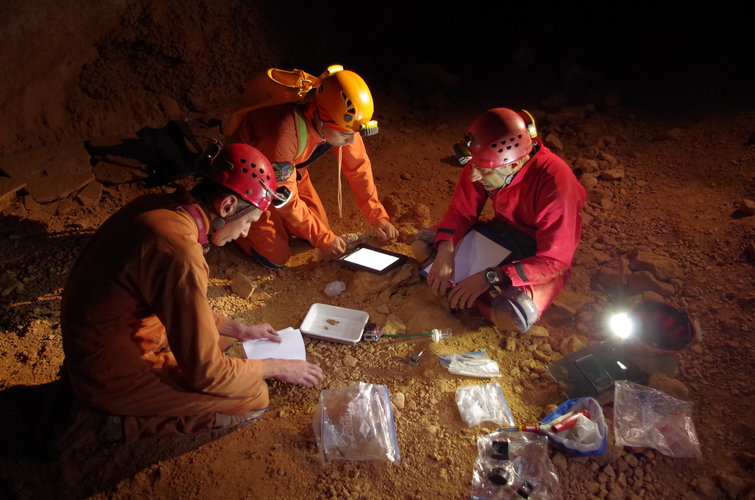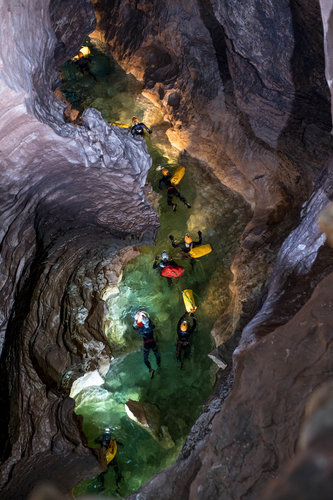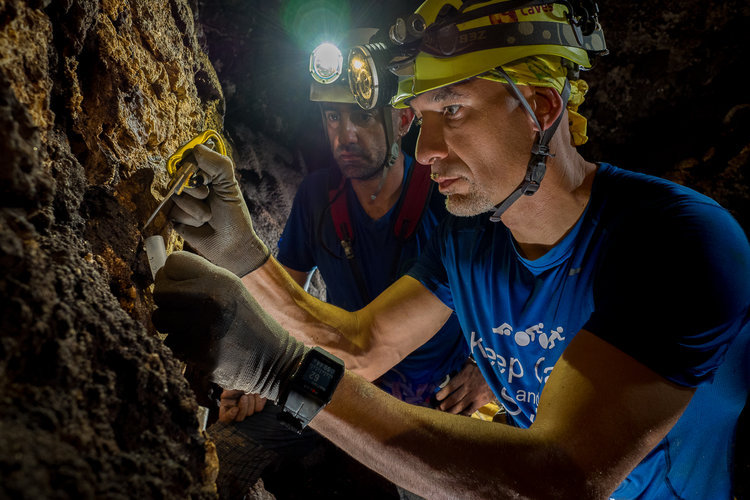This year’s science
Each year, the astronauts have a scientific programme to perform just as they would on the International Space Station. From biology to technology demonstrations, the experiments are not only intended for the astronauts – they provide scientific data for scientists above ground.
Biology
After last year’s identification of a new species, bait will be placed this year in already-explored areas of the caves by scientists in advance of CAVES. This will allow cave dwellers more time to assemble around their smelly lures. Traps will be placed in water as well as in dry spots, and filters will collect microcrustaceans. What life forms will the astronauts find this year?
Microbiology
Which bacteria live in the dark? Taking samples from the soil and wiping surfaces in the caves is part of the cavenaut’s programme and will add to the scientific data on cave microbiological life. These organisms feed only on rocks or on traces left by humans. What is the impact of an underground expedition on the caves microbiological environment? These questions are very important for when explorers need to protect whole planets from bacterial invasion. How do human bacteria colonise a pristine environment?
Geology
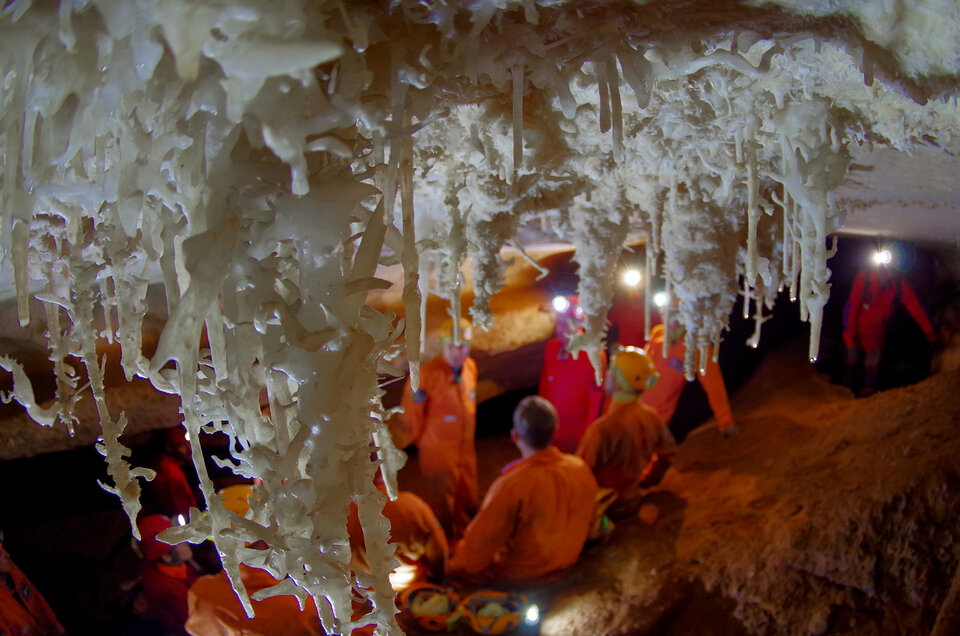
The composition and movement of underground water tells a lot about the history of a cave. Counting droplets as they fall from above can give an indication on the speed of ‘speleothem’ formation.
Environment
Radon, an odourless, radioactive gas, can build up in places with little ventilation such as well-insulated houses and caves. This year, radon and carbon dioxide will be monitored for the first time in the Sa Grutta cave.
Meterology
Weather is not only found on the surface of Earth. A cave has very stable weather, but narrow passages between large rooms act limit airflow and create fast winds. Wind directions are closely related to outside temperatures and pressure gradients, and swift changes in wind speed and direction far inside a cave baffle scientists. New pressure sensors will be installed this year to help interpret these winds and help scientists solve the mystery.
Technology
Last year, astronauts tested a mobile underground communication system based on longwave radio signals. This year, the system will be tested at different locations during exploration.
Retracing your steps to get out of the maze of tunnels can be arduous. Having satellite navigation to guide you is still a dream, but systems do exist to trace the location of an underground transmitter. The Underground GPS system will be tested and technicians will follow the steps of astronauts exploration from the (relative) comfort of mission control.
Light is your best friend during exploration. As a helmet narrows the field of view during a spacewalk, a helmet light used in the darkness underground narrows focus of vision to how much your headlamp can illuminate. This year, astronauts will test improved headlamps.



